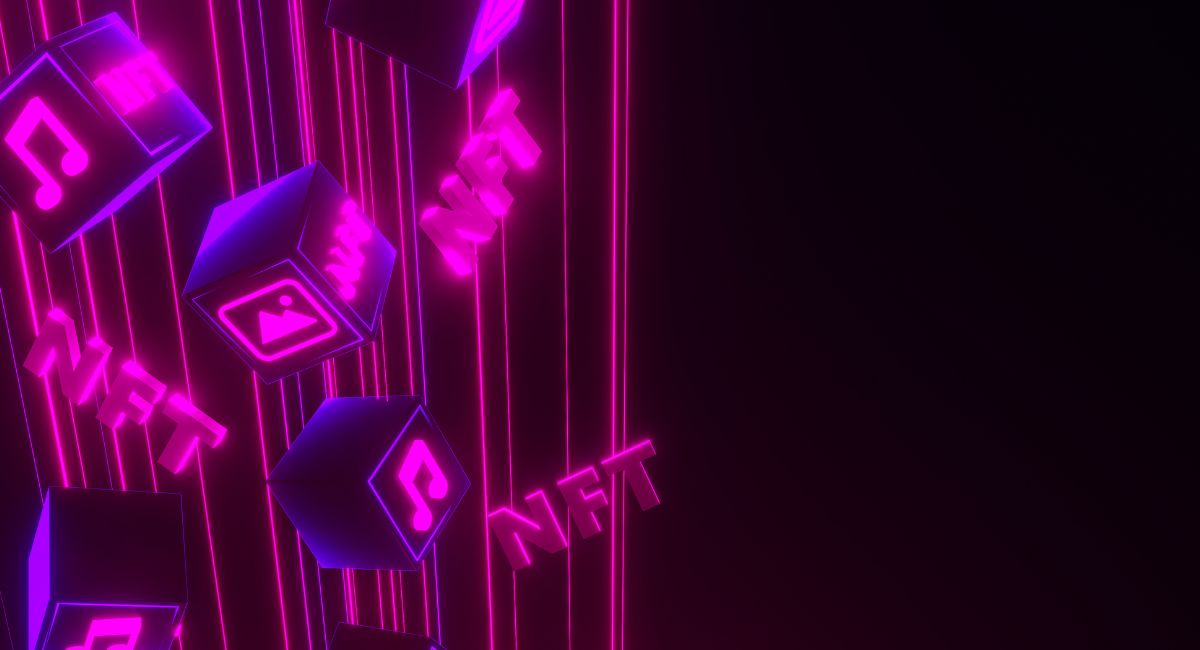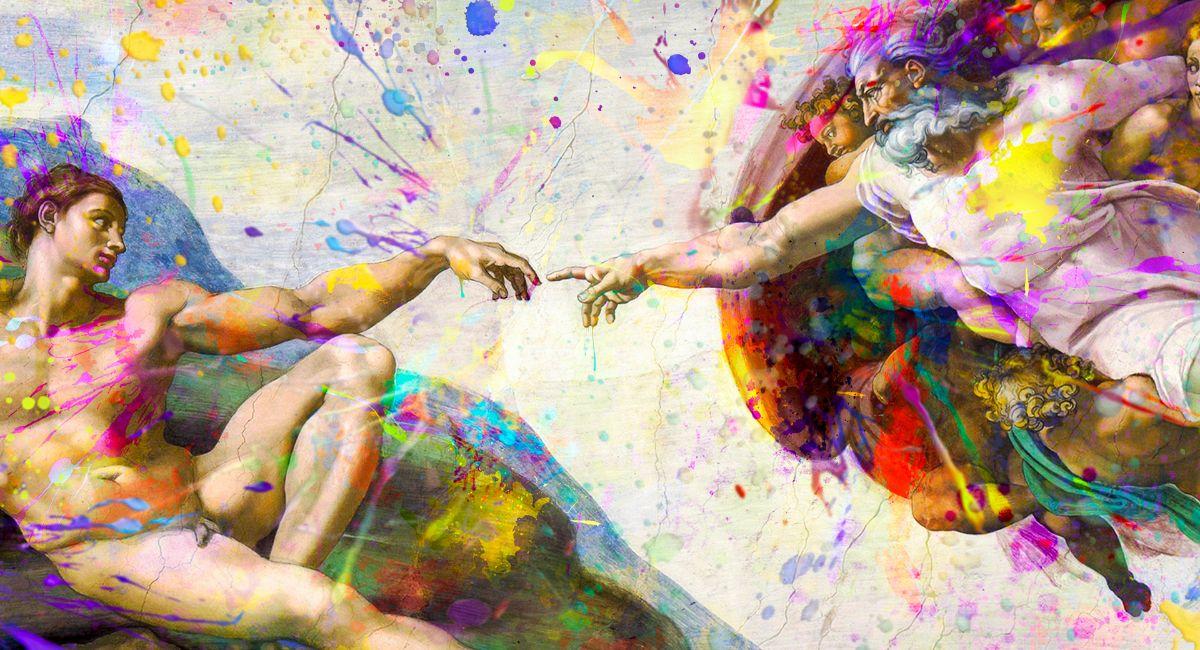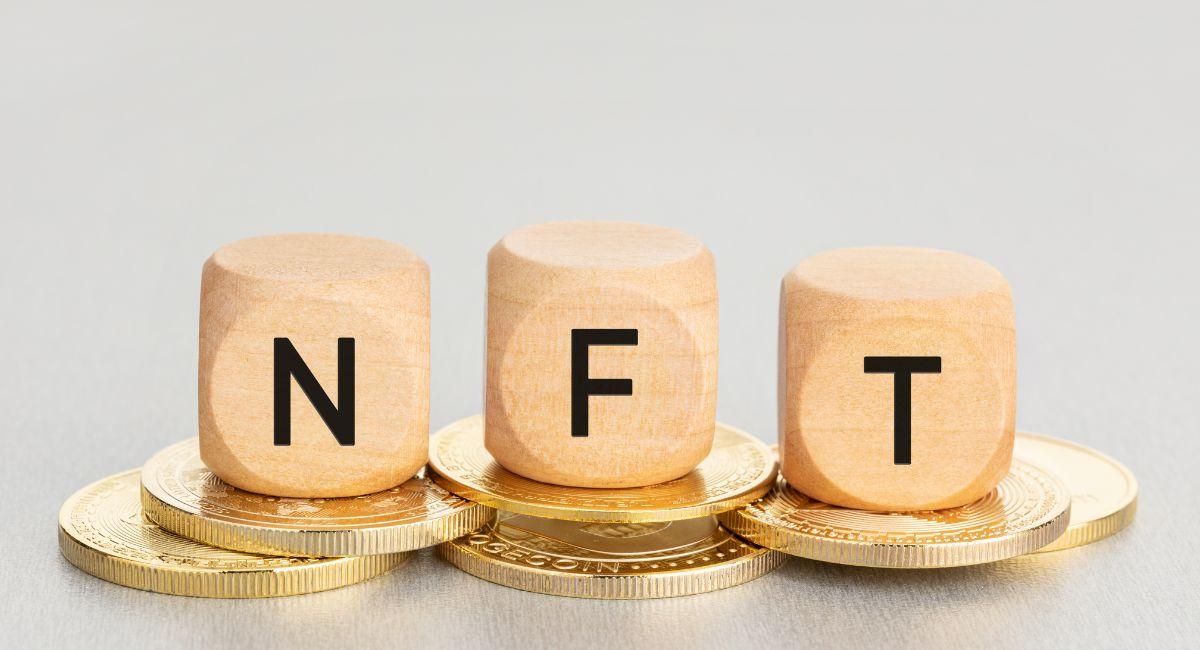Top 10 Surprising Role Of NFT Development In Connecting Real And Virtual Worlds

In the ever-evolving landscape of technology, the advent of Non-Fungible Tokens (NFTs) has ushered in a paradigm shift, particularly in how reality and virtual worlds intersect. NFT development, grounded in blockchain technology, is not merely creating digital assets but is actively bridging the gap between the tangible reality we inhabit and the immersive virtual realms we explore.
The transformative impact of NFT development in bridging the gap between reality and virtual worlds
**1. Tokenizing Real-World Assets:
One of the groundbreaking aspects of NFT development is the ability to tokenize real-world assets. Through blockchain, tangible assets like real estate, art, or even physical goods can be represented as NFTs. This process not only brings these assets into the digital realm but also enhances their liquidity and accessibility.
**2. Digital Ownership of Physical Items:
NFT development empowers individuals with digital ownership of physical items. Owning an NFT representing a real-world asset grants users unique rights, whether it’s access to exclusive content, special privileges, or even participation in the decision-making process related to the asset.
**3. Creating Virtual Twins:
NFTs serve as the bridge between physical objects and their virtual counterparts. By creating virtual twins in the form of NFTs, developers enable users to interact with, showcase, and trade representations of real-world items within digital spaces.
**4. Enhancing Supply Chain Transparency:
NFTs have found applications beyond art and collectibles; they are increasingly utilized in supply chain management. By tokenizing physical products along each stage of the supply chain, NFTs enhance transparency, traceability, and authenticity, providing consumers with real-time insights into the origins and journey of products.
**5. Unlocking Virtual Real Estate:
NFT development extends beyond tokenizing physical assets to include virtual real estate. Platforms are emerging where users can buy, sell, and own parcels of virtual land represented as NFTs. This concept blurs the lines between the physical and virtual, introducing novel possibilities for digital landscapes.
**6. Immersive Digital Art Galleries:
NFTs are revolutionizing the art world by transforming it into a globally accessible digital space. Digital art represented as NFTs can be exhibited in virtual galleries, offering an immersive experience that transcends physical boundaries, bringing artists and art enthusiasts together in a shared virtual environment.
**7. Incorporating Augmented Reality (AR):
The integration of NFTs with Augmented Reality (AR) is a potent combination. NFTs representing real-world objects can be visualized through AR applications, blurring the lines between the physical and digital realms and creating interactive and engaging experiences for users.
**8. Dynamic Personalization in Virtual Worlds:
NFTs allow for dynamic personalization of virtual spaces. Users can adorn their digital environments with NFTs representing real-world items, creating personalized and meaningful connections between the physical and virtual aspects of their lives.
**9. Tokenized Experiences:
Beyond material assets, NFTs are facilitating the tokenization of experiences. Whether it’s access to virtual events, exclusive content, or special privileges, NFTs enable the creation of unique and tradable digital tokens representing intangible yet valuable experiences.
**10. Fostering Cross-Reality Interactions:
NFT development is fostering cross-reality interactions where users seamlessly transition between physical and virtual spaces. The ownership and representation of assets as NFTs create a fluid connection, enabling individuals to engage with their possessions and experiences in both realities.
Also, read- The Social Impacts Of NFTs: Exploring The Rise Of Non-Fungible Tokens
Challenges and Considerations:
A Developer’s Guide to #Web3 Dapp Development 🔍 @PlatON_Network, in collaboration with NFTScan API, brings you a seamless and powerful environment for developing Web3 Dapps.
Explore the possibilities of building immersive NFT experiences, managing accounts and holdings, and… pic.twitter.com/smHudV0RGM
— NFTScan (@nftscan_com) January 13, 2024
Conclusion:
The transformative impact of NFT development in bridging the gap between reality and virtual worlds is undeniable. From tokenizing real-world assets to creating dynamic personalization in virtual spaces, NFTs are redefining how we perceive and interact with the physical and digital aspects of our lives. As developers continue to innovate, the fusion of reality and virtuality through NFTs holds the promise of a future where the tangible and the digital seamlessly coexist, creating a rich and interconnected tapestry of experiences and ownership.






























































